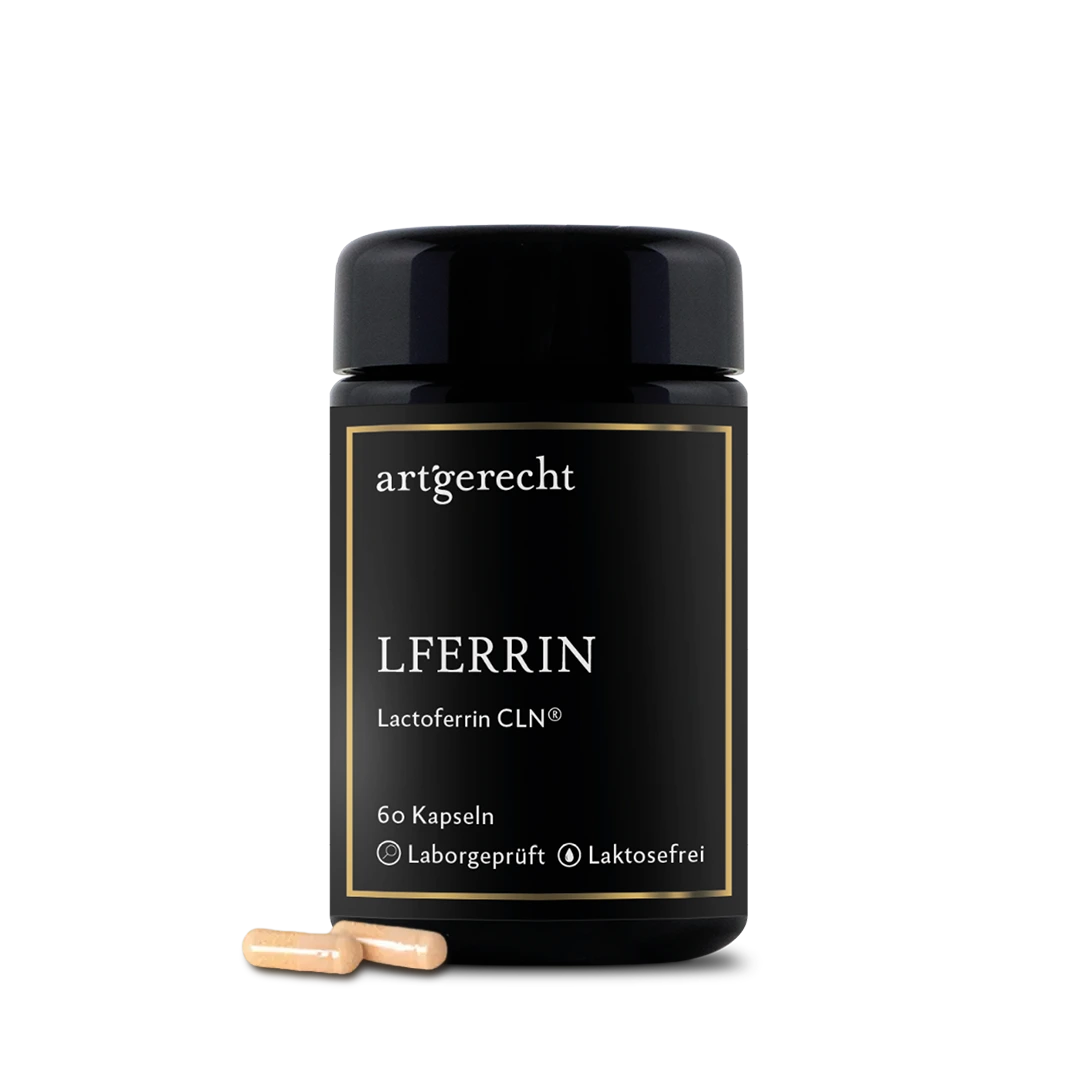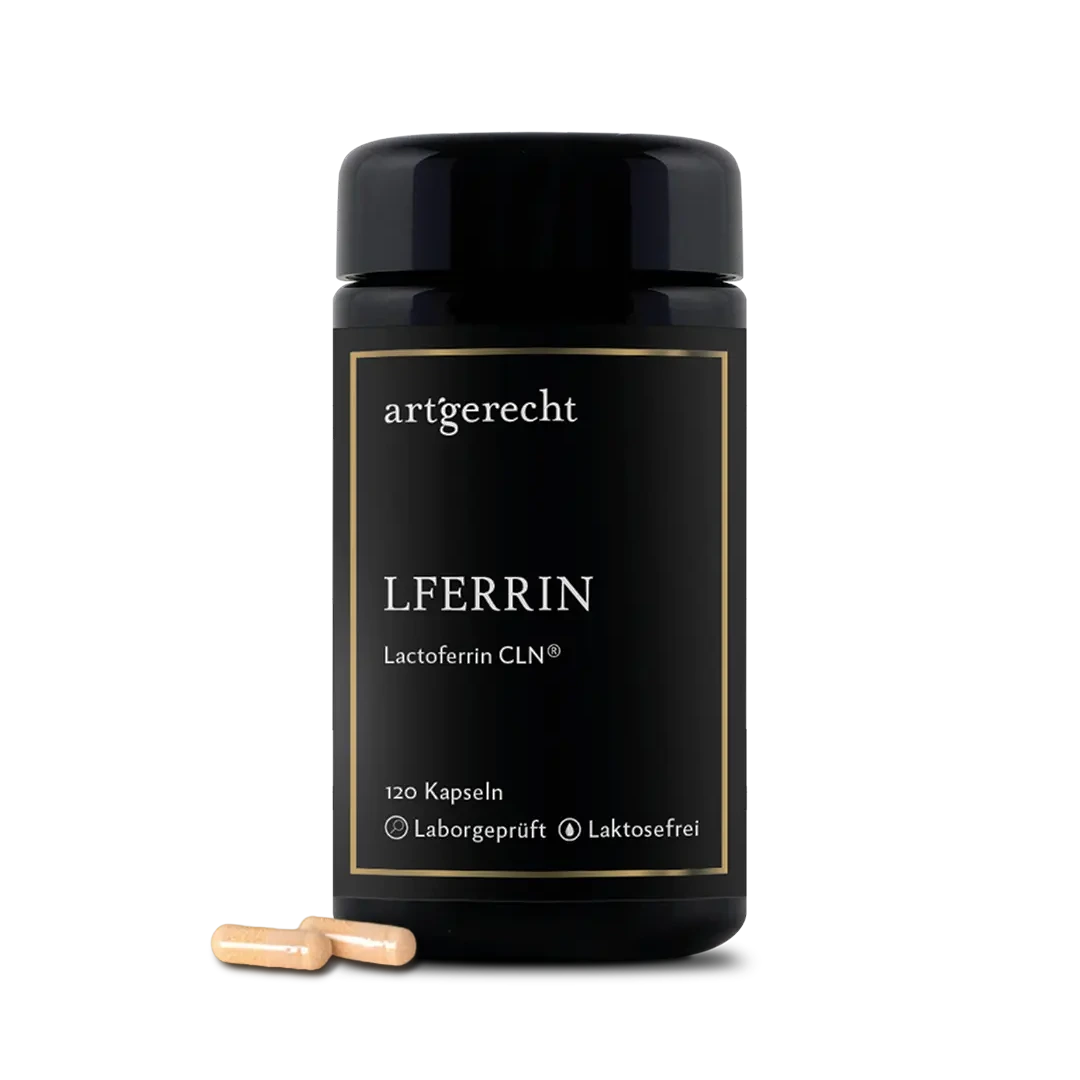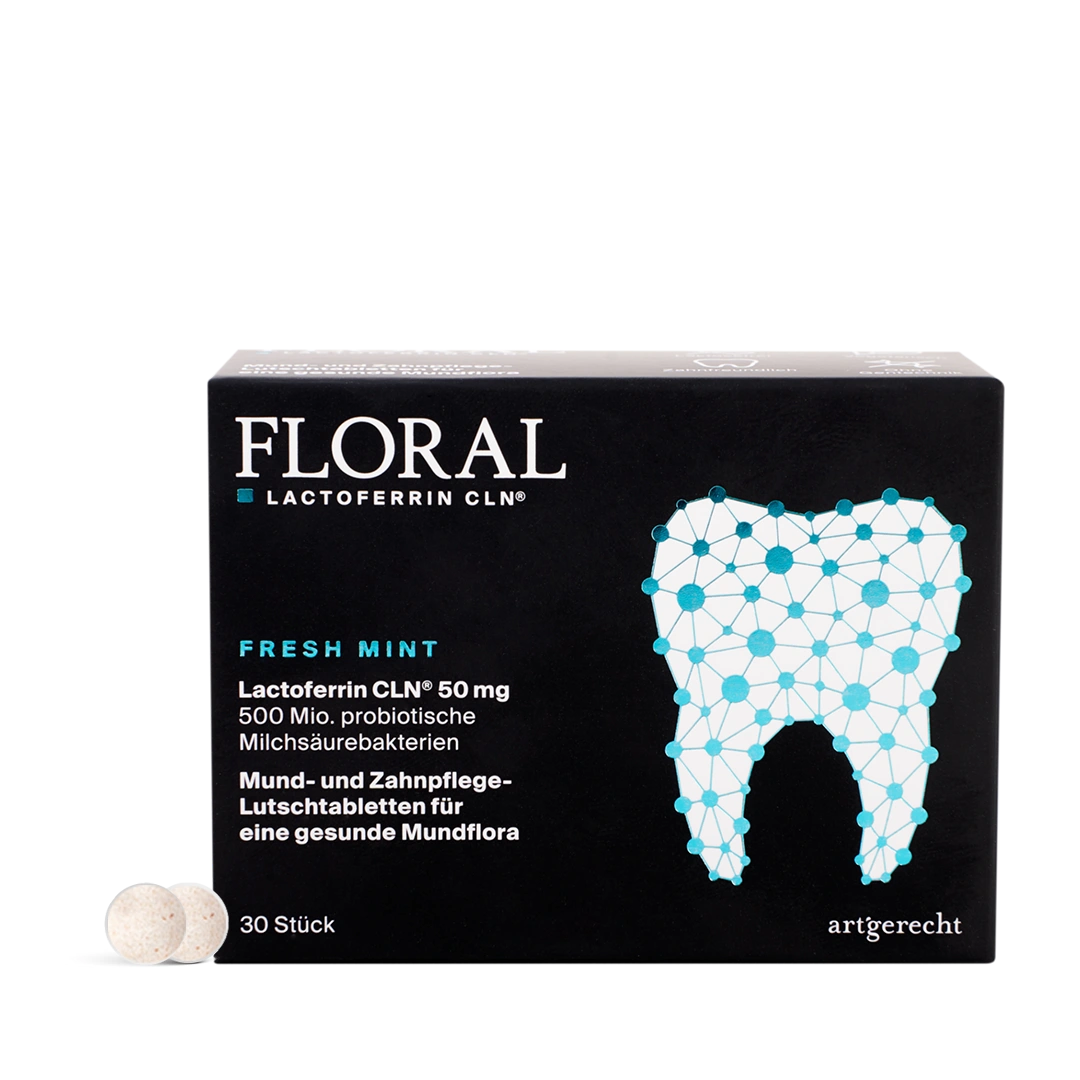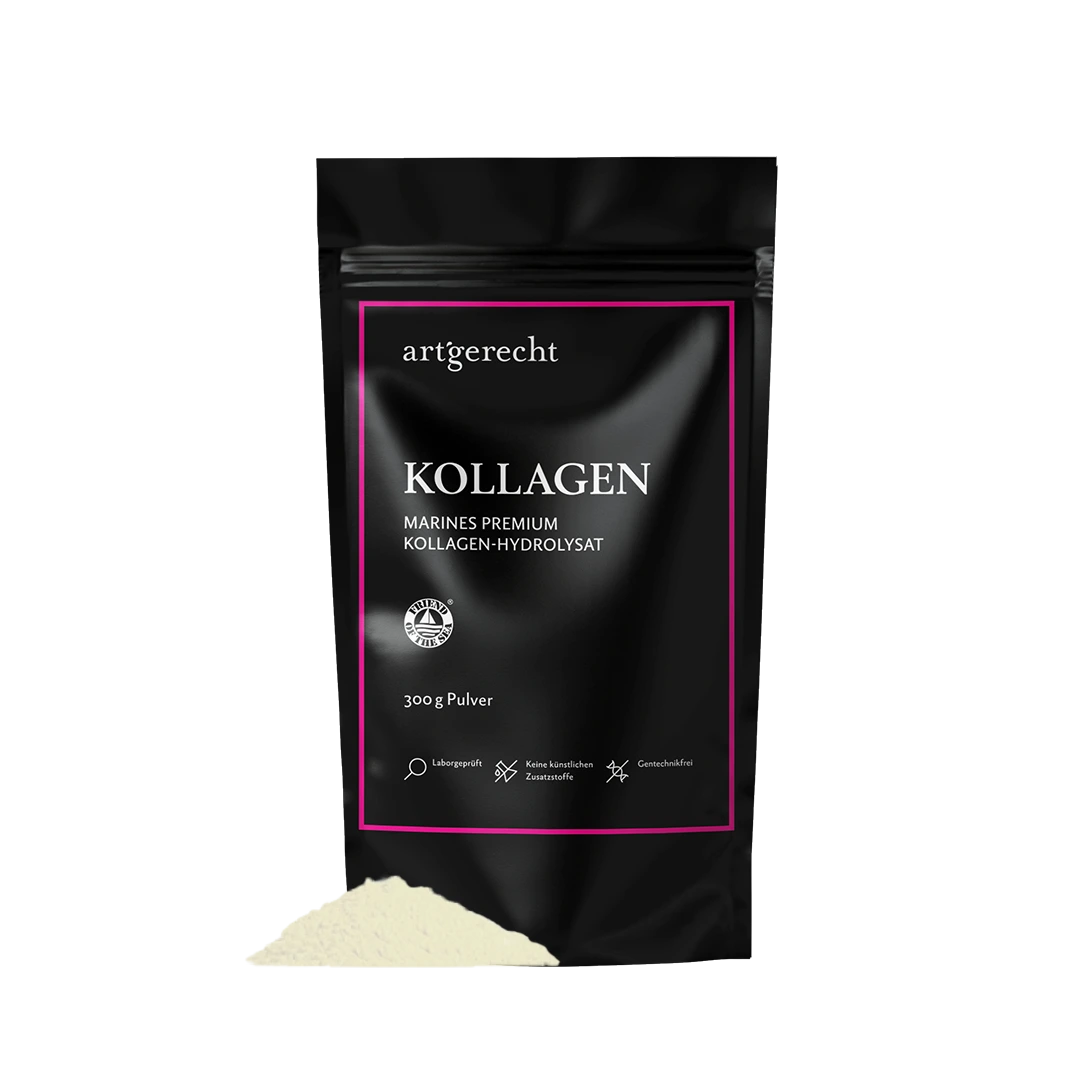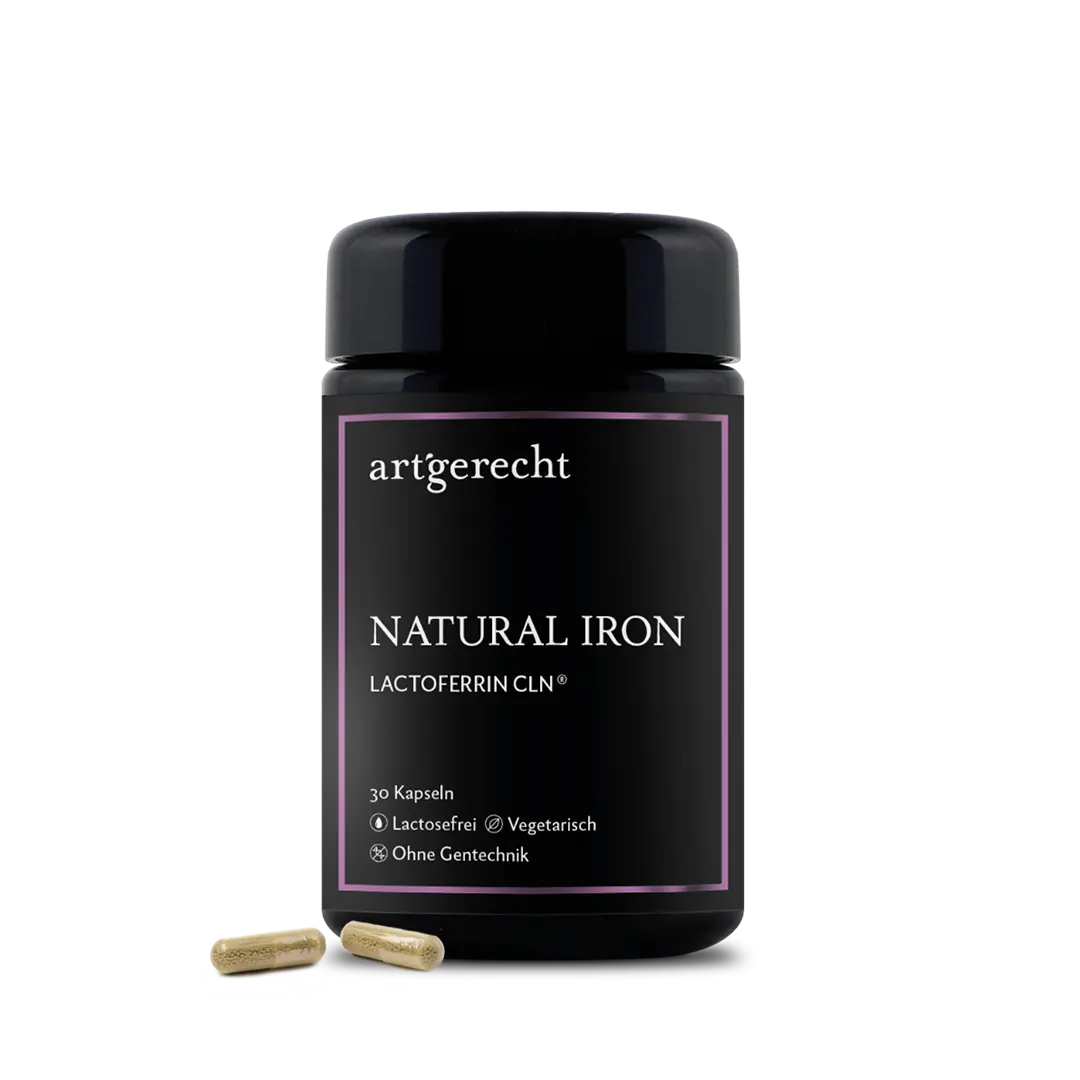The human body is exposed to harmful influences such as environmental pollutants, toxins, pathogens and disease processes throughout its entire lifespan. Therefore, the interest in and need for appropriate therapeutics is great.
Recently, the research group Kowalczyk et al [1] published an exciting article on lactoferrin as a „miracle molecule“, which highlights the broad spectrum of lactoferrin's protective role in health and pathology at all stages of life. Lactoferrin has numerous beneficial properties - antibacterial, antiviral, antifungal, antiparasitic, immunomodulatory and anti-inflammatory - that may play an important role in maintaining health from fetal to old age [1].Fundamentally, the question is often asked whether lactoferrin can have any effect on the body due to the human digestive process. However, numerous scientific findings suggest that stable, immunologically active peptides are produced during digestion. In addition, numerous studies, including clinical studies, show that lactoferrin is effective after oral administration and can also reach the intestine [1].
Lactoferrin plays a supporting role in ensuring normal tissue development of the fetus even before birth. This includes normal bone development, adequate iron availability and absorption and protection against inflammation and infection [1].
Due to its immunomodulatory properties, lactoferrin has a protective effect on the development of children, especially newborns and infants. Numerous clinical studies have been running for years and have already shown protection against gastrointestinal infections, necrotic enteritis and sepsis. As an important part of innate immunity, lactoferrin enhances the effect of antibodies and can have a regulatory effect on the production of inflammatory mediators, reactive oxygen species and other important cells of the immune system. In addition, the good tolerability shown in many studies supports its use in infants and young children [1].
Lactoferrin can also have a positive influence on human reproduction. Thanks to its probiotic effect, it offers protection for the lower genital tract in women and men. In women in particular, this can prevent the consequences of inflammation both before and during pregnancy and thus promote fertility. In addition to protecting the male genital tract from infection, lactoferrin can regulate the iron content in sperm and thus positively influence their quality [1].
The ageing process is a natural, complex phenomenon that increases susceptibility to the development of systemic diseases such as metabolic disorders (diabetes mellitus), cardiovascular diseases, neurodegenerative diseases, respiratory diseases, cancer and dementia. Due to the pleiotropic „anti-ageing“effect of lactoferrin, it can have a positive influence on the ageing process and its accompanying diseases through its antioxidant and anti-inflammatory effect as well as by ensuring neuroprotection or alleviating mitochondrial dysfunction and systemic inflammation [1].
A potential anti-cancer effect of lactoferrin is particularly evident in relation to colorectal cancer and childhood leukemia [2,3]. This may be related to the antioxidant and anti-inflammatory effect, which is why DNA damage and thus tumor development could be prevented. However, the stimulation of the adaptive immune response can also prevent the development of cancer.
As already mentioned, Alzheimer's disease and Parkinson's disease are also widespread, often age-related diseases. Lactoferrin can also act as a neuroprotective agent in these neurodegenerative diseases, which can support the improvement of cognitive functions and slow down the ageing of the brain. Mechanisms discussed to explain this effect include the iron-regulating properties and the influence of lactoferrin on mitochondrial calcium homeostasis in degenerated dopaminergic neurons [1].In summary, it is evident that lactoferrin has therapeutic potential for numerous diseases and is an important companion throughout the lifespan. Many other exciting pathophysiologies were discussed in the paper by Kowalczyk et al. and we are looking forward to further clinical research results on this, as many mechanisms have not yet been conclusively clarified.
Sources
1. Kowalczyk, P., Kaczynska, K. & Kleczkowska, P. The Lactoferrin Phenomenon – A Miracle Molecule. Molecules, 27, (2022).
2. Ramírez-Rico, G., Drago-Serrano, M. E., León-Sicairos, N. & de la Garza, M. Lactoferrin: A Nutraceutical with Activity against Colorectal Cancer. Frontiers in Pharmacology vol. 13 Preprint at https://doi.org/10.3389/fphar.2022.855852 (2022).
3. Amitay, E. L. & Keinan-Boker, L. Breastfeeding and childhood leukemia incidence: A meta-analysis and systematic review. JAMA Pediatrics vol. 169 Preprint at https://doi.org/10.1001/jamapediatrics.2015.1025 (2015).


